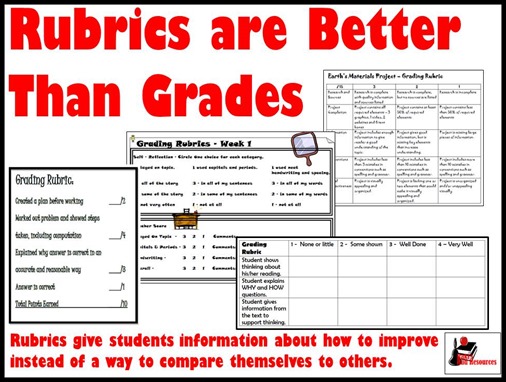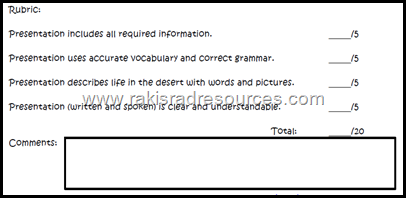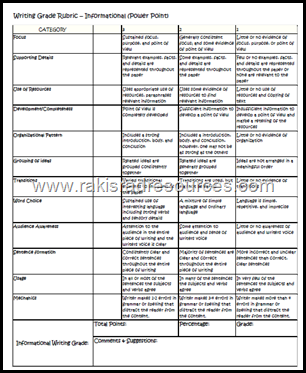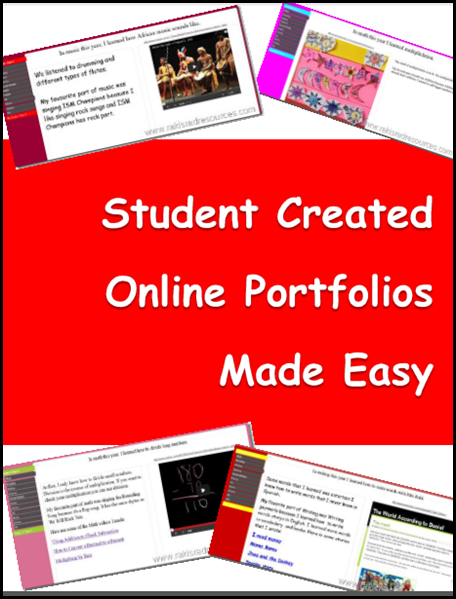Posters have always been a common way for students to express what they have learned from a research project. However creating posters on poster board is not a skill that will often be asked of our students when they leave the classroom. Creating an digital image or an online poster, however is something that they will do in many different fields and positions. Business owners create images like these ad advertisements. Writers create images like these as book covers. These images can be a way to present information to a client or to spark interest in a new project. And of course graphic designers get paid simply to make images that could be classified as “online posters”.
The popularity of websites like Facebook and Pinterest has taught us that images are king in getting our ideas across. Graphic design is a skill that is often not taught until college, even though students could benefit from this knowledge much earlier in their careers. When I worked as a technology teacher for two years, I sponsored a Graphic Design Club for 1st – 5th graders. Students worked through a variety of projects, including making collages, flyers, brochures, presentations and online posters. When I started the club, I always told students that this was a subject that people studied in college and that they could use for a career later on. Creating images is a form of art, but the new technologies out there to create digital images allows students to take their design to a completely different level than they would be able to get with pen and paper
Online posters are one of my favorite forms of Graphic Design because they can be taken a step further than just an image. Students are challenged to create a great image, but they are also challenged to make it interactive. Online posters include links to additional information. Online posters can have links to other websites, videos or audio files. Some programs even allow you to embed videos within the poster. Another possible way to make posters interactive is to include QR codes instead of hyperlinks, making posters printable but still interactive. Or my favorite compromise, include QR codes, but make the QR code clickable so that the poster works in print form or online.
There are many programs that can be used to create online posters. Here are a few:
Edu Glogster - When I first started having students create online posters, we used Edu Glogster. Of course this was in the days when Edu Glogster was free. When I first signed up I got 100 student accounts for free, later it was 20 and then 10. Now the people at Edu Glogster have realized what an amazing product they have and have started to charge for it. Students can now only create one glog for free on an account they sign up for. However, if the funds are there for your class to use Edu Glogster, I would completely recommend the program.
Prezi - Another great option for online posters is Prezi. This completely free program creates amazing presentations, but can also be used for online posters. Challenge students to create an amazing graphic that can then be made interactive by zooming in or out. Generally when using Prezi to create online posters, you do not want to create a path.
Power Point - Another option is to use Power Point or Google Slides to create your poster. Posters can be created within the program and then saved as a PDF to so that they can still be interactive. If posters are saved as an image file (.png or .jpg) the links will no longer work. This format also will not allow for embedded videos.
Poster Oven – Poster Oven is an online program that can be used to create posters with QR codes. This site gives you great backgrounds and the option to download your poster as a pdf, but the templates cannot be manipulated as easily as some of the other programs.
Online posters can be created about just about any topic that you would like your students to research. Here are a few projects that can be used to help your students create online posters:
Another reason to use online posters is the ability to share these posters digitally. Poster can be e-mailed to parents, showcased on class websites or included in digital portfolios. Paper posters generally get ripped up and thrown away when they can no longer be displayed, but online posters can be kept forever.

























